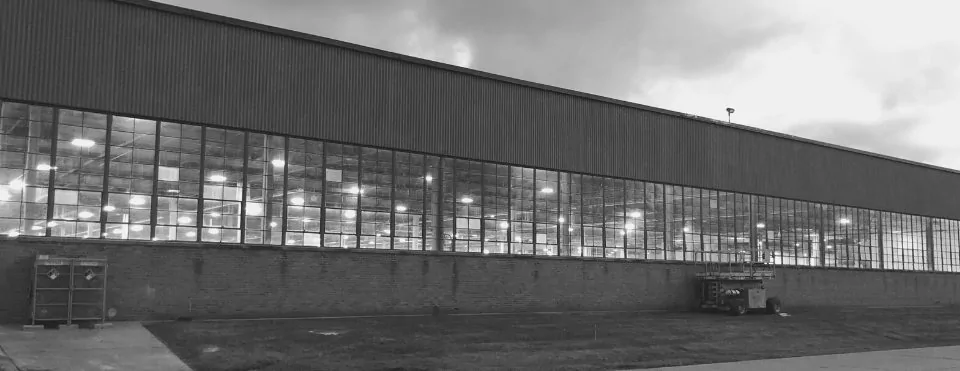Inflation, Interest Rates and Sustainability
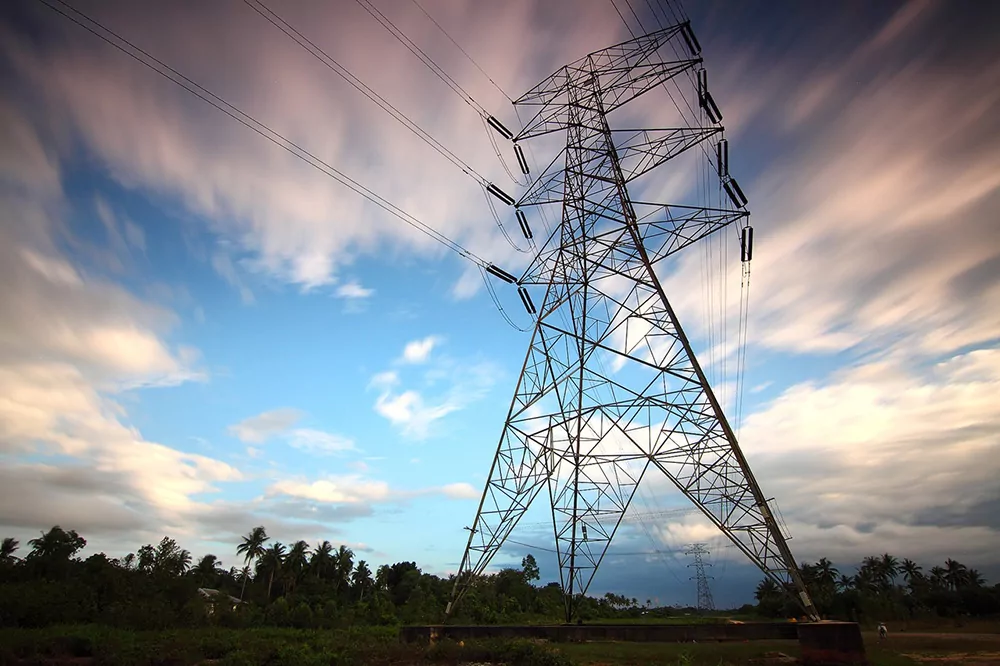
Sep 03 2021
Back when I was a firefighter, I was incredibly lucky to study Economics and Environmental Policy at the University of Chicago in a graduate degree. In fact, much of my energy efficiency consulting business is centered around a single course I took at that time. It was the hardest course I have ever taken, but also a period of growth and change.
I often think about the dilemma that economists face when considering climate change. The certainty (or uncertainty) of whether it will happen and how it will impact us 50 or 100 years out has always created a challenge in how we account for the investment. It seems like collectively there is a greater acceptance of climate change as a given at this point, with the extreme weather and the fact that each year we break a new temperature record for the planet.
How Does Investment in Sustainability Get Impacted by Inflation?
Inflation impacts a lot of our lives – things get more expensive and that makes change harder. Our federal government keeps inflation in check, with a target of 2%, by raising and lower the federal borrowing rate. This then impacts local bank lending interest rates. The federal reserve also manages this interest rate to help stimulate the economy during a slow down – by lowering the rate – folks and businesses are more likely to borrow and spend money because the cost of money is cheap.
So sustainability is greatly impacted by this interest rate – because solar power, wind farms, high efficiency HVAC equipment – these are all more expensive at high interest rates. The interest rate is also used to calculate the net present value of any big investment or energy savings that we might take. Accountants will look at this one way, economists who guide our economy in another. But they are both the same – how to you spend money today and where else could you have spend that money? We all face that choice.
In sustainable investing for your business, there are lots of areas to invest in with your capital. Electric fleet and vehicle charging, HVAC equipment, insulation, new building, shipping, and even expansion to other geographies. These all take capital, which is a limited resource for most of us mere mortal companies – maybe Google and Apple can do it all, but we can’t.
I think about this concept around interest rates every day. At the time I studied, it meant something different to me (as all things impact us differently at different stages of life). I was thinking about my first home and that interest rate, school loans and whether to pay them off or not, and small interest in a CD or savings account. Since graduating, I have grown a business that heavily depends on a bank line of credit and other borrowing, purchased a building with the help of the SBA, and been incredibly lucky to receive both PPP loans and EIDL loans.
Interest rates are at the heart of those foundational funds. High interest rates drive one type of behavior at a time, low interest rates encourage a decision to buy property in Chicago. In fact, in a wild twist, just last year I was able to borrow on an EIDL loan at 3.75%, and this year can get 4% (or more) on our business savings account.
We are commonly thinking about 3-5% interest rates over the past 20 years with a federal target of 2%. However, net present value (the current grouping of all future liabilities) gets really hard to calculate with higher interest rates. Could we see 7-10% interest rates sustain in the next few years? Or was this recent push to raise rates a temporary blip on the long term radar. It already looks like it was temporary, but uncertainty remains in how long it takes to lower the rates. These interest rates impacts how we borrow money and what we do, as well as how we consider money today in 2021.
More Importantly – Inflation and the Impact on Sustainability
More to the point, what and how does inflation impact our decisions? We are not often economists or accountants – we are trying to guide our organization down the right path. Do we consider solar for our building, do we invest in high efficiency HVAC, do we add another few inches of insulation to a roof as we replace it? And no matter how successful a business is, there are periods when we are not doing any of this as we battle down the hatches for a rough period, whether driven by the greater economy or our own little microeconomic battles.
All of that decision making comes down to energy rates, at least on some level, since the energy savings is what drives our calculation. Each of us is different – most consider 2 years a good payback on lighting, 3-5 years a good payback on HVAC, and 7-10 years a good payback for solar power. But – those are usually just a checkpoint in the consideration – there are other reasons we all do these changes. Safety, comfort and clients impression usually drive these behaviors more than ROI, payback or environmental concerns.
I can’t say for sure that inflation will come heavily in the next few years. That is not my area of expertise, but I can certainly say we have all felt it this recently, especially in the construction trades. I would say it is likely, and in my perspective, a great thing for sustainability. In fact, I have a growing theory that our drive for low interest rates to stimulate an economy, is actually terrible for our planet. Let me explain further, and remember, this is just one point of view.
Why is a Low Interest Rate Driven Economy Poor for the Planet?
Interest rates at a low level encourage us to spent because the long term cost of the expense is lower. Easiest example is a home – if we buy a home at 4% interest rate and our monthly payment is lower than our rent – it feels like a good move.
In sustainability and energy efficiency work, this applies in a similar manner, but instead of rent, it has the concept of saved energy costs.
We typically see really high return on investments for energy efficiency work – as high as 50%. Often these are so strong because local utility rebates and incentives can help offset the cost. Lighting can be better than 50%, HVAC can be 20%, and investment in roofing and solar PV can also be very strong with tax credits driving the decision. So more profit, more reason for doing solar PV in general.
But construction of these parts is often driven by the same components of general construction, with 90% of parts and labor having overlap. An HVAC technician that puts in a high efficiency VRF Heat Pump system could just as easily be building out new construction HVAC systems that are the standard efficiency. A solar PV electrician could instead be putting up new warehouses with all of their electrical needs. And basic copper is involved in all of those components, whether high efficiency or the standard stuff on the market.
But the energy efficiency calculation depends on savings, which are driven by utility costs. Mostly those go up each year – and I think that is a good assumption. But there are also investments that help drive these down, like new power plants, new sources of natural gas (offshore drilling, fracking technology). So in a way, lower interest rates will actually fuel these investments, which will in turn lower the cost of future energy. It will still likely keep getting more expensive, but not as much as it could.
So low interest rates both make costs of sustainability actions today more expensive, while also driving down the cost of future energy. Both driven by lower interest rates today.
Is There an Alternative to this Energy Efficiency Tension?
Yes – a very simple and elegant economic tool would be a carbon tax. This tax could offset another tax, like wage taxation or corporate taxes. But it would make energy that produced CO2 more expensive, and also create a better return on an energy efficiency capital expense.
As energy rates are the most important quantitative metric in making a sustainable investment – we have a base annual savings that typically formulates the foundation for that decision. What inflation does is shortens the payback – or makes investments in capital improvements more attractive. Of course, we all still have a variety of things we can do with money – so it isn’t just a clear decision. But, I do feel that with inflation on the horizon and incredibly low interest rates available now – it creates a great environment for making long term decisions…if you can. Fire stations, libraries, McDonalds – those that are not going anywhere for the next 20 years – are fortunate to have this consideration. Those that have a 7-10 year lease have an incredible opportunity as well – as do property managers.
Proactive planning and strategy are the key. And I say this as someone who just moved into a new building and has not even upgraded our own lights yet. But we are looking at roof insulation, HVAC upgrades, our own solar – as well as some other dreamy plans for a rooftop deck and indoor agriculture space – before we make too many commitments. But they will come, and with the knowledge that we are in a unique time and history – and that as long as you look far enough into the future, and investment in sustainability is a good one.
Two More Challenges for Our MacroEconomic World
First, eventually, our planet growth of people will decrease. And in my opinion, this is a good thing. In a future world where climate migration will be a big thing – and fighting over water and resources will only increase, we already have too many dang people. But our entire economy requires growth, and often that is growth in GDP and people.
But could we find a growth in the economy where the number of people decreases? I think it is definitely possible, but takes looking at the world differently. So just like the fact that we need to untangle economic growth from an interest rate, we also need to untangle it from more people. And inspiring the next generation to understand this will be critical and key – and we have a dedicated next generation that just needs to be put to work.
Optimistic Outlook for Sustainable Investing in Your Business
I recently had a conversation with an owner and operator of 15 hotels in Illinois and a few other states. We put together a compelling package based on our understanding of past investments in energy efficiency and their current pain points (huge, especially with large vacancy rates but consistent energy burdens in 2020 and 2021).
She challenged our proposal and asked that we include sensors on some fixtures that would push past the 2-3 year ROI they were looking for. She felt the pain of those fixtures being on during low vacancy, and is in the long-term ownership strategy for her buildings. She decided, and this was a different decision than she made just 3 years ago, that longer term thinking was important for her group. I was surprised, but it left me feeling optimistic. If all of us make small changes in our thinking about our assets – all of us will together benefit. She didn’t do it for love of the planet, fear of the future for her children – but because it made sense and she just needed to think about it differently. I love being inspired by people when we work together.
So each decision we make that we are willing to go a little further into the future for payback will collectively drive change. But so can the federal interest rates, a carbon tax policy, and more things out of your control. My plan? Focus on what I can control and ignore the rest. Do what I can to most efficiently reduce our energy burden while improving our lives and businesses.
Featured Posts
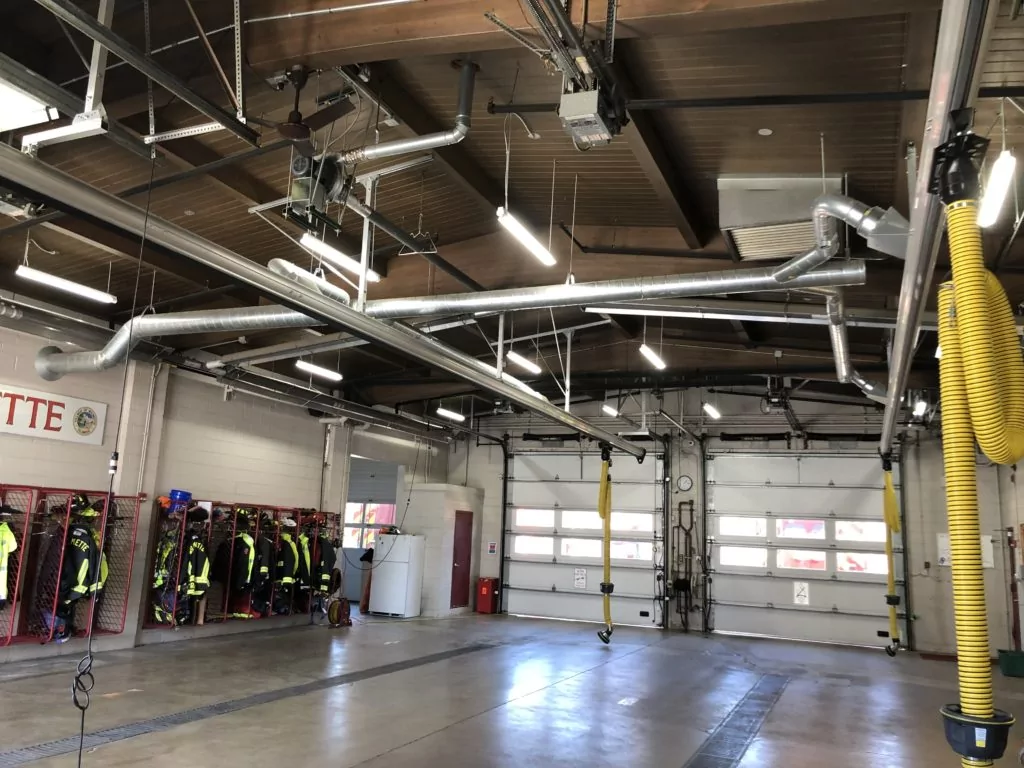
Mar 15 2021
Energy Savings Formula
In 2002, I became a firefighter in the north suburbs of Chicago. I was young and idealistic - loving almost every part of the job. However, I had another secret passion - sustainability. In addition…
Continue Reading >
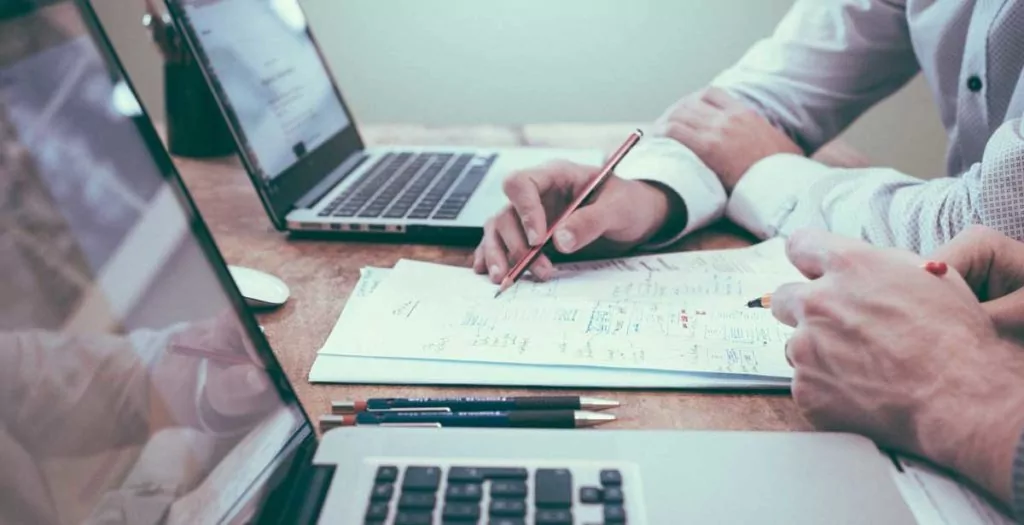
May 02 2019
Verde Energy Efficiency Experts 10 Most Sustainable Companies in Chicago
In our energy efficiency consulting firm, we constantly look for inspiration from local companies that lead and innovate in clean energy and sustainability. Not all companies have billion dollar budgets, but that doesn’t mean that…
Continue Reading >
Related Articles
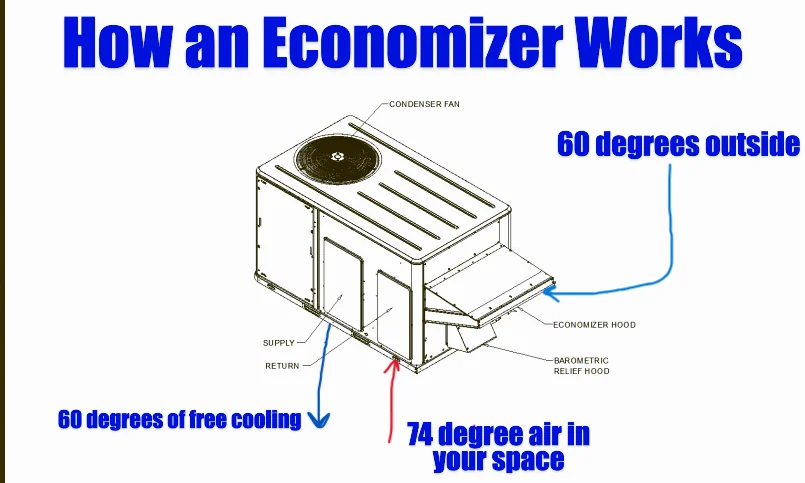
May 13 2025
Advanced Rooftop Controls for Your Building
Growing up, my grandmother was an influential person in my life. She believed in me when I started my business – when everyone else thought I was nuts to leave my steady job at the…
Continue Reading >

Mar 15 2021
Energy Savings Formula
In 2002, I became a firefighter in the north suburbs of Chicago. I was young and idealistic - loving almost every part of the job. However, I had another secret passion - sustainability. In addition…

